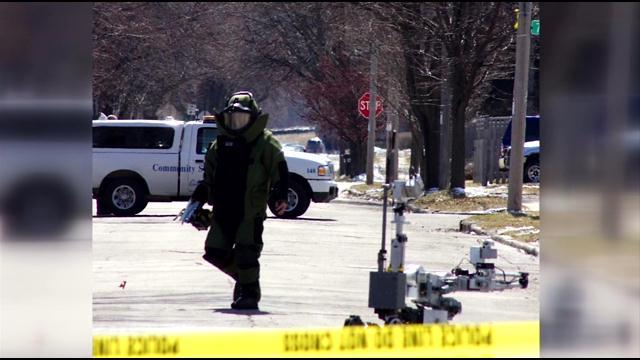
You may also be able to feel other things inside the package such as powders, liquids, or aluminum foil. For example, it may have stains, crystals, or discolorations from dirt, oil, grease, or other substances on it. Other abnormal sensations - You may notice other oddities about potentially dangerous mail. You may even see wires or other contents poking out of the package. You may also feel an unusual amount of pressure or resistance when trying to open the package. It may also have areas that appear hollow or bulging, and feel either soft/springy or stiff to the touch. Unusual shape or texture - A package might feel heavier than you expect it to. This is extra suspicious if it’s just a letter, or if different kinds of tape are used. Examples include “confidential,” “personal,” “private,” “do not X-ray,” “fragile,” “handle with care,” “do not delay,” and so on.Įxcessive binding material - The package is held together by an abnormally large amount of string or tape. Unnecessary restrictive instructions - There is an unusually high number of special endorsements, or ones you wouldn’t typically expect to see, on the package. The address may be handwritten poorly or with unfamiliar writing, or may even be put together with cut-and-pasted letters or words. The postage may also indicate the package is from a foreign country and/or a location different from the return address.Īddress oddities - The package is addressed to a business title only, someone identified by an incorrect business title, or a person who is no longer a part of your organization. Irregular postage - There is an excessive number of stamps or other postage marks on the package. It could also be in a foreign language or just completely absent. Strange or missing return address - The return address is to an unfamiliar or even made-up place, or to an unfamiliar person. Ultimately, it comes down to your best judgment, but here are some common signs to look for. Generally, though, the more of them there are, the greater the chance that you’re handling suspicious mail and packages. There are many qualities that may flag a piece of mail as suspicious, but not all of them mean that a package is potentially dangerous. Generally, there will be something – or a combination of things – that make it stand out from items you order from stores, or things from people or businesses you recognize. The easiest way is to compare it to the types of letters and parcels you usually receive or process.
#Milwaukee suspicious package how to
But whether or not you have the proper equipment, you should still know some ways to pick out potentially dangerous mail using your senses alone.īefore you learn how to handle suspicious mail, you need to know how to pick it out. In a mailroom setting, you’ll usually have the help of screening equipment such as X-ray scanners. However, it’s still important to be able to identify them at home or at work to keep yourself and others safe. And still others want to terrorize people in order to provoke social or political change.įortunately, suspicious mail packages are relatively rare. Others are looking to extort money or information. Some are acting on grudges, including business deals gone sour. People often target these types of packages towards particular individuals or organizations, and for specific reasons. An accompanying threatening note is also another sure sign that you’re dealing with suspicious mail or packages. Examples include bombs, biological agents, or toxic/radioactive substances.Ī package may be suspicious if it contains a powder, a liquid, or an object you weren’t expecting or can’t identify.
/cloudfront-us-east-1.images.arcpublishing.com/gray/O6A5OEITXVMABHHSMB7LT4VRWI.jpg)
It may contain a device or substance intended to harm the recipient (and perhaps others) and/or destroy property. Suspicious mail is any letter or package that is highly unusual compared to those you typically process. We’ll begin by answering a simple (if obvious) question: what is suspicious mail? Please consult your organization, local emergency authorities, and/or the USPIS website for the proper procedures in your area when handling suspicious packages.

The information here is a set of informal guidelines and not official protocols approved by any entity.


 0 kommentar(er)
0 kommentar(er)
